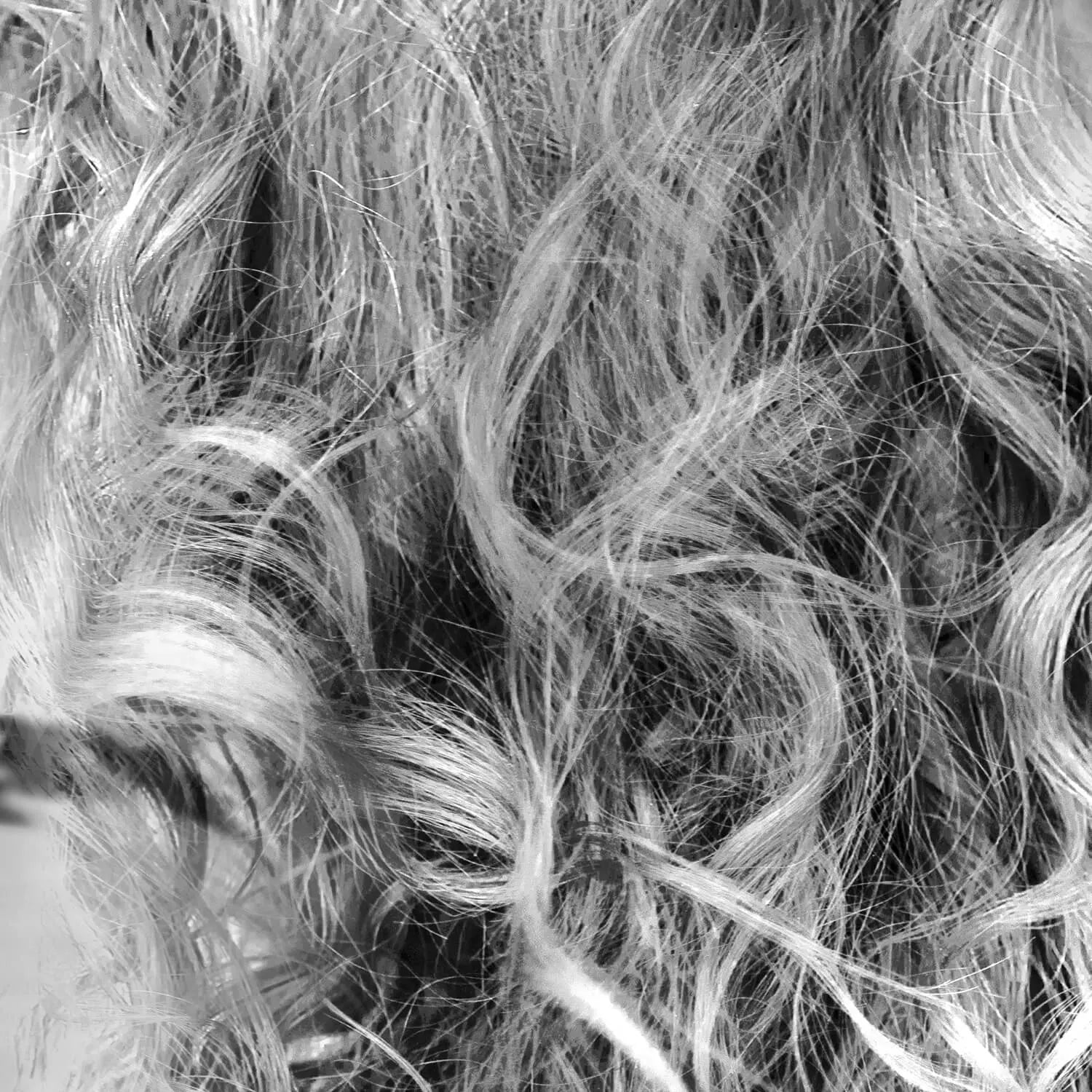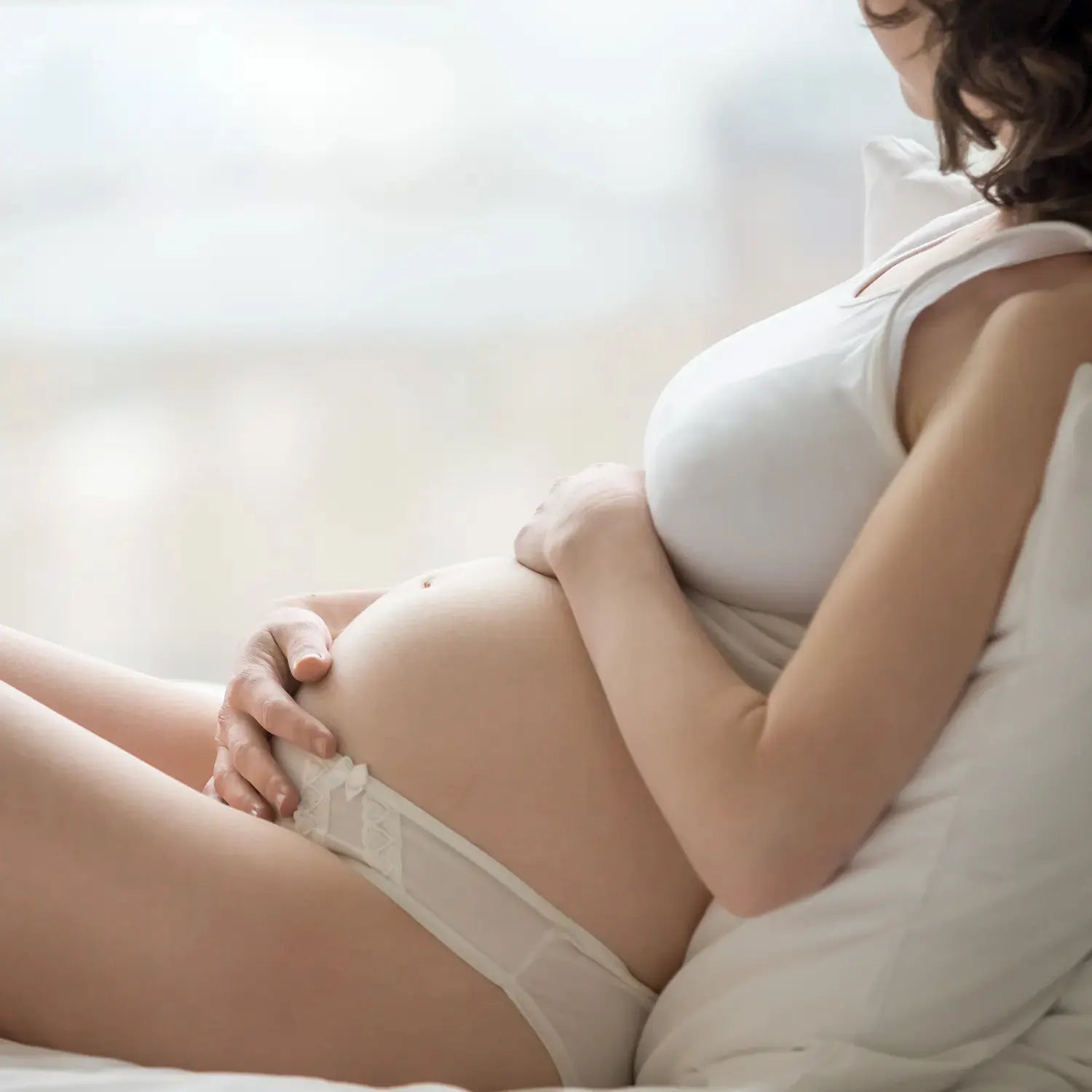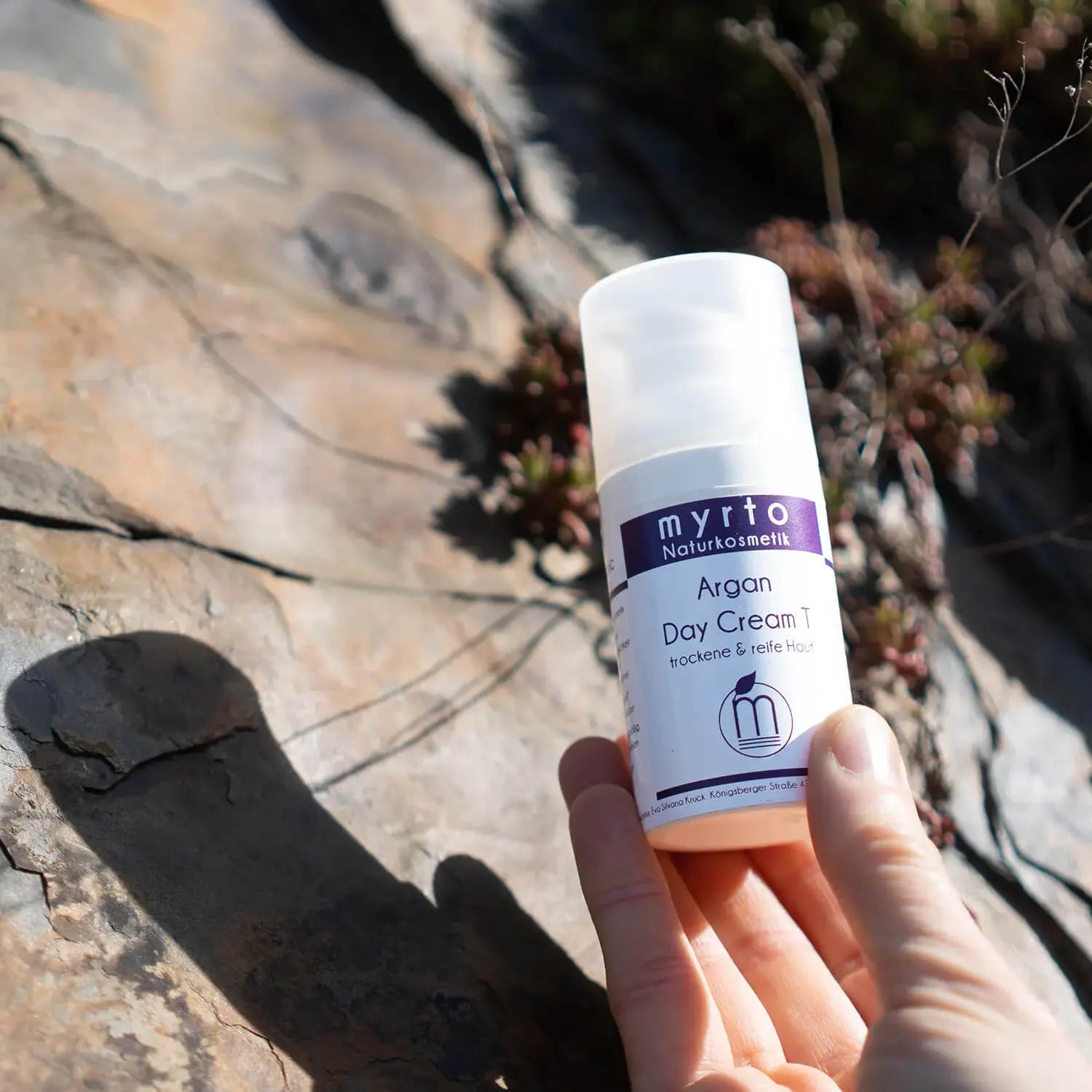
Dyeing gray hair - yes or no?
Gray hair is trendy
Grey-haired men have long been considered interesting in the advertising industry. Grey hair in men is seen as a sign of maturity, life experience and wisdom. Most grey-haired women, on the other hand, have long felt unattractive and, not least due to social expectations, have been pressured to dye their hair to hide grey strands.
Fortunately, there is an increasingly strong counter-development, whereby grey hair has become a trend for women too. Even advertising is increasingly presenting models who are confident about their grey hair. The claim that grey hair makes you look older is not true. In fact, grey hair suits everyone.
When the hair turns grey certainly plays a role. Some people get grey hair earlier, others later. While some people start to see grey hair in their twenties, others only start to see the first grey strands much later, mainly between the ages of 40 and 50.
Why does hair turn gray?
Hair turns grey when the melanocytes in the hair follicles produce less melanin, i.e. natural colour pigments. Melanocytes are specialised cells that produce the pigments for the individual hair colour. Their number decreases with age, so that the hair gradually turns grey and then white. This is a natural part of the aging process that is strongly influenced by genetics and cannot be completely prevented. Factors such as emotional stress, medication, illness, lifestyle, environmental factors or diet also play a role. Grey or white hair basically has the same structure as pigmented hair, although the hair becomes finer, drier or more brittle with age.
Is hair dyeing harmful to your health?
Chemical coloring and tinting are mainly offered to cover gray hair. Conventional hair dyes contain aggressive and environmentally harmful chemicals. If used regularly, chemical hair dyes can destroy the healthy structure of the hair. Conventional coloring promotes dryness, split ends, brittle and fragile hair. Since chemical hair dyes have long contact with the scalp, it is not uncommon for the scalp to become irritated, red and itchy, and even cause severe allergic reactions. Some of the chemicals contained in chemical hair dyes are also associated with long-term health risks. These chemicals include:
- Ammonia : opens the outer cuticle of the hair follicles so that the chemical dye can penetrate deeply. Side effects: irritates the respiratory tract, can cause allergic reactions.
- Hydrogen peroxide : lightens hair, allows color changes. Side effects: skin irritating in higher concentrations, can cause serious eye injuries.
- PPD (para-phenylenediamine) : for the development of permanent hair colors. Side effects: itching, redness, eczema, can cause allergies.
- Resorcinol : develops and fixes the color. Side effects: can irritate the skin and cause allergic reactions, potentially carcinogenic.
Herbal hair dyes as a natural alternative to covering gray hair
Plant hair dyes consist of finely ground plant parts such as henna, turmeric, coffee, indigo leaves or rhubarb. Unlike chemical coloring, it is not possible to lighten the hair. However, plant hair dyes without additives offer some advantages. They do not damage the hair structure or the environment. Pure plant hair dyes do not contain chemicals such as ammonia, peroxides or resorcinol. Since the plant color pigments only attach themselves to the outside of the hair shaft without penetrating the hair, the hair remains healthy. Plant hair dyes are a good alternative for sensitive scalps.
If you are unsure whether your herbal hair dye actually contains purely natural color pigments without additives, you should take a close look at the ingredients on the list of ingredients and not just trust the advertising claims on the packaging.
One apparent disadvantage of plant-based hair dyes is that they do not completely cover gray hair and that they last for a shorter time compared to chemical coloring. However, this can also be an advantage, as the color result looks more natural because the vibrant color structure of the gray shades shines through slightly. The gray roots growing out are also less visible in plant-based hair than in chemically colored hair. However, you still have to re-dye regularly.
The transition phase from dyed to naturally gray hair
To ensure that the transition from dyed to naturally gray hair goes as smoothly as possible, you should first assess the condition of your current hair - whether, for example, the existing color is still completely opaque or whether your gray strands are already showing through, as is the case with plant-based hair dyes after a long time. The easiest way is to let the dyed hair grow out while the gray strands gradually become more dominant. Regular small haircuts are helpful in this phase - especially if your hair is structurally damaged, porous and frizzy from chemical coloring.
If the grey roots create too strong a contrast during the transition phase, you can temporarily cover them with concealer pencils, spray or powder, which are available in different shades. Semi-permanent highlights in a darker colour also act as “lowlights” to create a smoother transition from coloured to naturally grey hair.
Styling tips for attractive gray hair
Here are some styling tips for beautifully groomed, attractive grey hair and a healthy scalp:
-
moisturizer
Choose a moisturizing organic shampoo without drying surfactants to protect your scalp and make your gray hair look young and fresher. A leave-in organic conditioner that stays in the hair and does not need to be washed out, as well as the myrto organic hair mask, make gray hair smooth. They stabilize the structure, support the keratin buildup and protect you from hair breakage and split ends. -
shine & definition
To give your hair more definition, natural fullness and extra shine, use styling products with a high care content such as the Bio Finisher hair gel, the myrto Argan hair wax or a hair oil. This not only allows you to tame dry and rebellious hair, but also accentuate delicate waves and even the trendy beach waves, so that your grey hair looks radiant, more vital and healthier. In principle, the hair colour doesn't matter, it is always the healthy hair structure that determines the radiance.
-
texture
By accentuating your natural waves or curls, your grey hair will gain more vibrancy, volume and texture. To support the waves, you can - in addition to a layered haircut such as a bob or pixie cut - also use styling tools such as curling irons or curlers if necessary. Remember not to use the styling tools too hot and always work a heat protection agent such as the myrto Finisher Gel into your hair beforehand. -
self-confidence and charisma
Gray hair is not only time-saving and practical, it also highlights your individuality. Gray hair looks different on everyone. Whether you have individual elegant gray strands or a more even gray shade, no hairdresser could achieve this as artfully through coloring. You may also notice how much freer you feel when you don't have to constantly re-color your roots - in the spirit of the award-winning documentary "Gray Is The New Blonde."
Conclusion
As you will notice over time, it takes a lot of effort to perfectly conceal grey hair. The higher the proportion of white hair, the more difficult it becomes to achieve a natural result. It is therefore worth considering not dyeing your hair at all and accepting the natural grey colour - at least as long as you feel comfortable with it.






